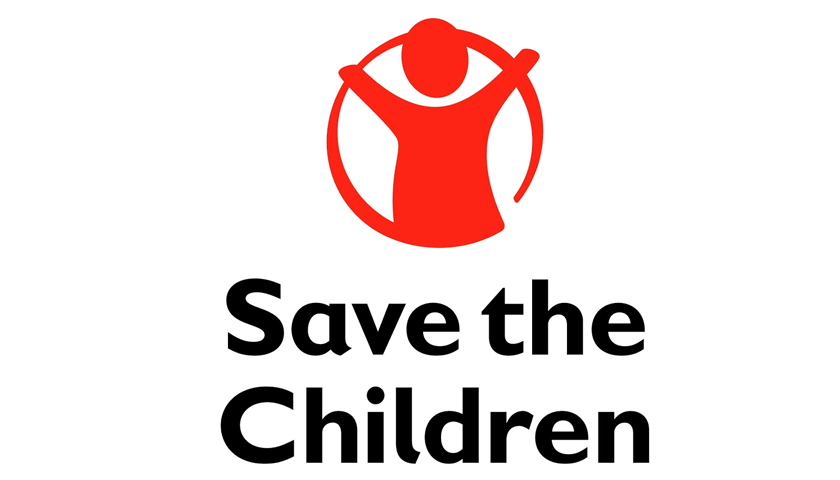Save the Children Global Ventures has launched a Nature-based Solutions for Children (NbS4C) Hub, seeking to leverage the carbon credit market to fund community-based projects that benefit children and combat the global climate crisis.
Through the NbS4C Hub, Save the Children Global Ventures is developing a portfolio of carbon projects in the Asia Pacific, including clean cookstoves in Nepal, improved water technology in Pakistan, mangrove rehabilitation in Vietnam and reforestation in the Philippines. The NbS4C team is also scoping carbon market pilots in East and Southern Africa.
Save the Children is the first humanitarian and development-focused INGO accredited by the Green Climate Fund (GCF). In December last year, the organization launched a partnership with the GCF and Global Partnership for Education to deliver US$70 million of investment in building climate-resilient schools in vulnerable countries.
Save the Children established Global Ventures in 2022 to leverage new sources of private innovative finance and encourage technology innovation that supports the delivery of the child rights organization’s global strategy.
Chief Executive Paul Ronalds said:
“Well-designed, community-led nature-based solutions, delivered with the right checks and balances, have the potential to absorb carbon dioxide from the atmosphere while providing communities with support—for example, through paid jobs, to rehabilitate their surrounding environment—and can also improve a community’s health, livelihoods, and resilience to climate change.
“However, It is critical that Indigenous Peoples and local communities participate in the design of initiatives and have secure tenure rights.
“We recognize that carbon markets are receiving a lot of valid criticism, ranging from abuses of Indigenous Peoples’ rights and local communities, forced displacement, lack of transparency, greenwashing and even fraudulent projects. That is why we are trialling new approaches, putting children’s rights at the centre of programmes, and ensuring that they are locally designed and led by communities, with necessary safeguards in place.”
He said Save the Children has established the Nature-based Solutions for Children Hub with the aim to build an approach to locally-led nature-based solutions that is ethical, financially sustainable, and scalable. The goal is to draw on Save the Children’s experience of working at the intersection between climate, children, and development to support the attainment of the SDGs, climate adaptation, and mitigation.
Ronalds said climate was a key priority due to the devastating impact of the climate crisis on children worldwide.
“The figures are staggering. Some 920 million children face water scarcity. 774 million children face the dual threat of poverty and high climate risk. By 2050, some 1.2 billion people will be displaced by climate-driven disasters. Such profound disruptions interfere with a child’s education, their health and makes them vulnerable to exploitation and violence,” he said.
Save the Children has also developed the Indigenous Fair Carbon Standard to certify credits from projects that treat Indigenous peoples and local communities fairly.
The first certification was issued last year for the Olkola Ajin Savanna Burning Project in northern Australia, which is managed by a First Nations corporation employing Indigenous Australian rangers to look after the land according to traditional customs.
Ronalds said Indigenous Peoples and local communities, who manage or have tenure rights over a quarter of the world’s land surface, must lead the design of initiatives. Much can be learned from Indigenous Peoples’ longstanding stewardship and interconnectedness with nature.
“Save the Children believes that as stewards of this land, Indigenous Peoples and local communities should be the leaders in bringing these projects to fruition and be the primary beneficiaries of the returns,” he said.
Save the Children is partnering with Carbon Neutral, which provides voluntary carbon market expertise and access to the NbS4C initiative.
As the world’s leading child rights organization and largest INGO, Save the Children works with 2,500 communities across 116 countries. Through broad collaboration and robust investment, we are rapidly responding to climate-related crises and helping build resilience across the world to benefit children.

